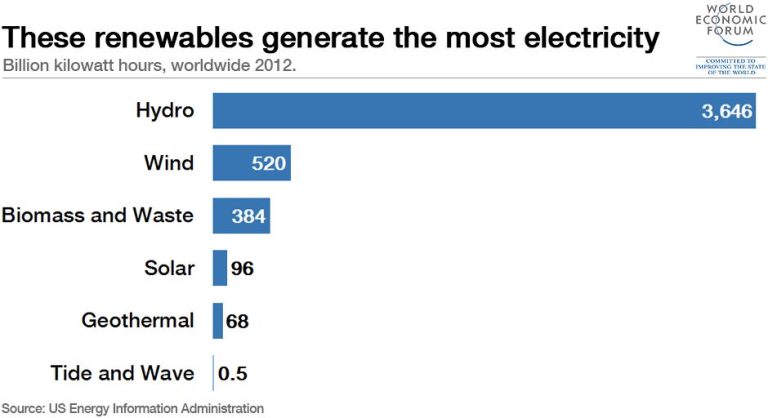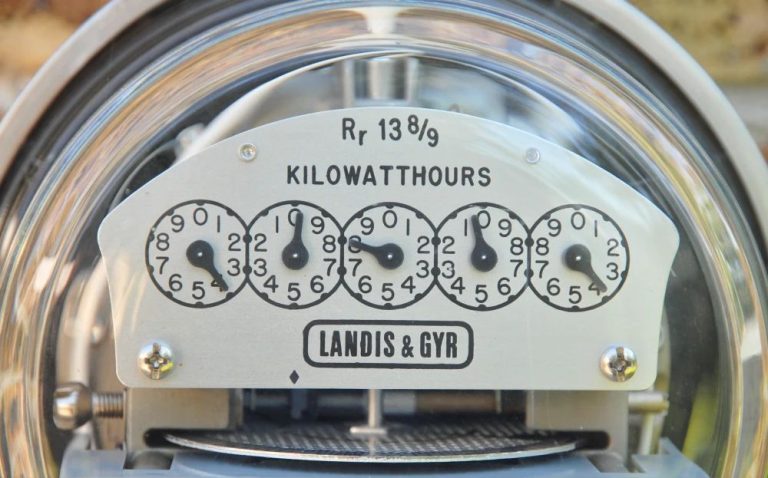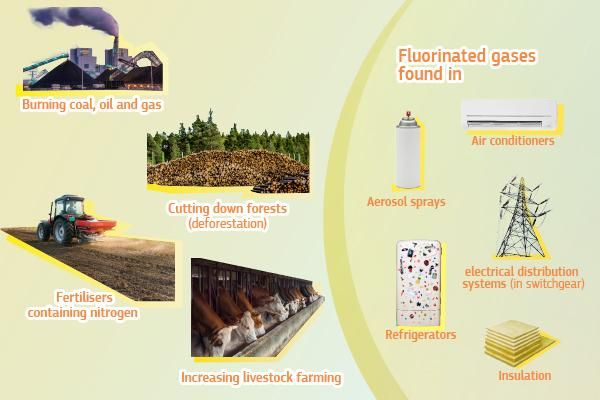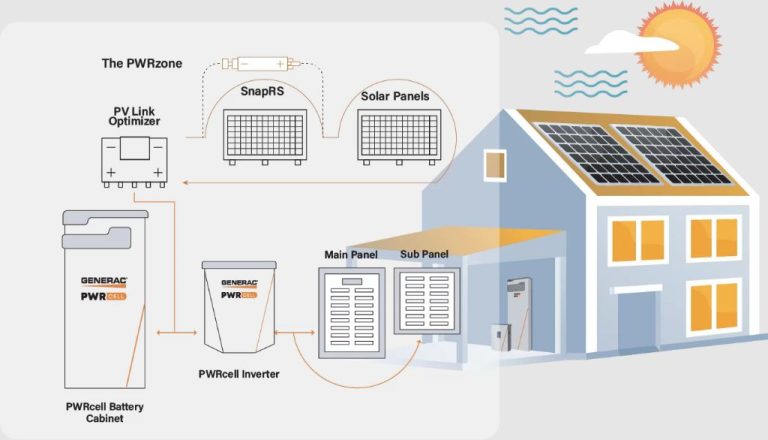What Is Nigeria Potential For Renewable Energy?
Nigeria is the largest economy in Africa and has the largest population, so the country needs to generate a vast amount of electricity. Nigeria is still working to expand energy access to all its citizens, with about 45% of the population still lacking electricity. A majority of the power generation comes from fossil fuels, primarily natural gas. However, Nigeria has abundant renewable resources like solar, wind, hydropower, and biomass that could help diversify its energy matrix.
There are several key challenges that have hindered development of renewables in Nigeria. These include lack of infrastructure, high upfront costs, and minimal private sector involvement. But the tide is starting to turn, with ambitious government targets for utility-scale solar and wind projects as well as off-grid renewables. If Nigeria can overcome remaining barriers, the country has remarkable potential to tap its renewables and provide affordable, reliable electricity across the nation.
Abundant Renewable Resources
Nigeria has abundant renewable energy resources that are largely untapped. The country has excellent solar resources, with average sunshine of 6 hours per day and solar radiation of about 5.25 kWh/m2/day. Solar power has huge potential across Nigeria. The northern regions have particularly high solar irradiation.
In addition, Nigeria has substantial wind power potential, especially in the northern region and along the coast. Studies estimate Nigeria’s wind energy potential at over 10,000 MW. There are plans to develop large-scale wind farms in states like Katsina, Kano, and Bauchi.
Nigeria is also endowed with large hydropower potential, estimated at over 11,000 MW. However, only about 14% of this potential has been utilized. There is opportunity to further develop micro, small, and medium hydropower projects.
The country also has modest geothermal potential, with geothermal spring sites located along the Abakaliki anticline and the coastal regions of the Niger Delta basin.
Government Policy
The Nigerian government has established some policies and programs to promote the development of renewable energy in the country. Some of the key initiatives in this area include:
– Renewable Energy Policy Guidelines – Nigeria released its Renewable Energy Policy Guidelines in 2006 which set out a goal to have renewable energy account for 10% of total electricity generation by 2025. Tax incentives and guaranteed access to the grid were included to attract investment.
– Feed-in Tariff Program – This program was launched in 2015 and allows renewable energy producers to sell power to the grid and get a guaranteed tariff over a period of years. Solar PV projects under 5 MW qualify for feed-in tariffs under this scheme.
– Nigeria Energy Support Programme – Supported by international donors, this program aims to promote renewable energy and rural electrification initiatives across Nigeria.
– Rural Electrification Agency – Established in 2006, this agency promotes the use of renewable energy to provide electricity to rural and underserved areas not connected to the national grid.
– Investment Tax Credits – A 5-year tax holiday is provided for investments in renewable energy under the government’s Industrial Development Income Tax Relief Act.
Solar Energy
Nigeria has abundant solar resources with average solar radiation of about 5.5 kWh/m2/day and average sunshine hours of 6 to 7 hours per day. This makes solar an extremely promising renewable energy source for Nigeria.
Studies estimate Nigeria’s solar power potential to be over 427,000 MW. To put this in perspective, Nigeria currently has only about 12,500 MW of total grid power capacity. Capturing even a small fraction of the solar potential would significantly boost Nigeria’s electricity capacity.
There are already some large-scale solar projects underway. For example, the 961 MW Quaint Solar Power Plant in Niger State, which will be one of the largest solar plants in the world once completed. Several other solar plants of 50-100 MW capacity have been announced across the northern regions that get the most sunshine. Rooftop solar is also gaining some momentum for homes and businesses.
Wind Energy
Nigeria has significant potential for wind energy, especially in the northern regions. Studies have shown average wind speeds of over 6 meters per second in states like Sokoto, Katsina, Jigawa, Yobe, and Borno. These wind speeds are well-suited for both onshore and offshore wind farm development.
Onshore wind farms could theoretically provide over 40,000 megawatts of energy for the country. There are already some small-scale wind projects in places like Katsina, but scaling up nationwide could be transformative. Offshore wind farms in the south and along the coastlines also hold promise, especially as wind turbine technology improves.
One challenge for onshore wind is transmission infrastructure to connect the windy northern regions to demand centers farther south. But investments in transmission lines could unlock significant wind generation. Overall, both onshore and offshore wind power have major potential as Nigeria pursues strategies to minimize gas dependence and increase renewable generation capacity.
Hydropower
Nigeria has significant potential to expand its hydropower capacity. The country’s rivers, especially the Niger River, Benue River and their tributaries, provide abundant opportunities for both large and small hydropower projects.
Currently, Nigeria has several large hydropower dams including Kainji Dam, Jebba Dam and Shiroro Dam. However, these dams are aging and in need of rehabilitation to operate at full capacity. Upgrading these dams could potentially increase Nigeria’s hydropower generation by over 1,000 MW.
New large hydropower projects are also planned, such as the 3,050 MW Mambilla hydroelectric project on the Donga River. The $5.8 billion Mambilla project has been in planning for several decades but has yet to begin construction due to financial constraints.
Small hydropower also presents a major opportunity, especially for rural electrification. Nigeria has an estimated 3,500 MW of untapped small hydropower resources across the country. Small hydropower plants of up to 30 MW capacity could be built cost-effectively on small rivers and streams.
Overall, with the right policies and investments, Nigeria could substantially grow its hydropower capacity. Both rehabilitating existing dams and building new small and large hydropower plants could provide clean, renewable electricity to meet the country’s growing demand.
Bioenergy
Nigeria has significant potential for bioenergy, particularly from agricultural residues and municipal solid waste. The country generates over 40 million tons of crop residues each year from crops like corn, rice, sorghum, millet, cassava, and sugar cane. Agricultural wastes like animal dung and poultry litter can also be converted into biogas and biofuels.
Municipal solid waste generation in Nigeria is estimated at over 32 million tons annually. With proper waste management, this organic waste stream can be digested anaerobically to produce biogas for heating, cooking, and generating electricity.
Several biogas projects focused on converting organic waste to energy have sprung up in recent years. For example, the integrated farm estates in Lagos State have biogas plants that take in animal waste, sludge, and crop residues to generate electricity and gas for heating and cooking needs.
If tapped effectively, bioenergy can provide clean and affordable energy access to Nigeria’s rural areas while also managing agricultural and municipal waste sustainably.
Geothermal Energy
Nigeria has significant potential for geothermal energy, with estimates of up to 3,000 MW in capacity. However, geothermal energy remains largely untapped in the country. The areas with the greatest potential for geothermal power plants are located along fault lines and volcanoes, including parts of the Benue Trough, Chad Basin, and Adamawa Plateau.
Some promising locations for geothermal energy projects include Wikki Warm Springs in Bauchi State, Ikogosi Warm Springs in Ekiti State, and several sites in Nasarawa State. There are over 600 hot springs spread across the northern and central regions of Nigeria that could potentially be harnessed for electricity production.
To fully utilize Nigeria’s geothermal resources, more exploration and drilling is needed to accurately map reserves and identify commercially viable sites. Government support and investment in geothermal plants could help bring this clean, renewable energy online to further diversify Nigeria’s power supply.
Barriers
While Nigeria has immense potential for renewable energy development, there are still some barriers holding back progress.
One challenge is grid instability. Nigeria’s national grid suffers from frequent power outages and disruptions. Integrating large amounts of intermittent renewable energy from sources like solar and wind could exacerbate these grid issues. Upgrades to the transmission and distribution infrastructure are needed.
Financing is another barrier, as many renewable energy projects struggle to secure funding from local banks and investors. The high upfront costs of renewable energy systems can deter investors. There are limited government incentives in place to support financing. Opening up financing options through mechanisms like green bonds could unlock more renewable projects.
The policy environment also needs further development. While Nigeria has set renewable energy targets, policy implementation and incentives have lagged. Complex bureauacracy, regulatory uncertainty, and lack of frameworks to enable private sector participation continue to hinder the growth of the renewable energy industry.
The Road Ahead
Nigeria has significant potential to expand its use of renewable energy and reduce its dependence on fossil fuels. To fully realize this potential, the government and private sector should focus on the following recommendations:
Implement policies and incentives to encourage further investment in renewable energy infrastructure across the country. Feed-in tariffs, tax credits, and renewable energy targets could attract domestic and foreign investment in large-scale renewable projects.
Upgrade the electricity grid and transmission infrastructure to support the integration of more renewable energy. Investments in smart grid technology will be needed.
Provide financing options such as loans, grants and subsidies to help households and businesses adopt rooftop solar panels, mini-grids and other distributed renewable energy solutions.
Invest in training programs to develop the skilled workforce needed to manufacture, install, operate and maintain renewable energy systems.
Encourage domestic manufacturing of renewable energy components to reduce costs and create jobs.
If these steps are undertaken, Nigeria could meet an increasing portion of its energy needs from renewable sources while empowering communities, creating jobs, and realizing environmental and health benefits.






